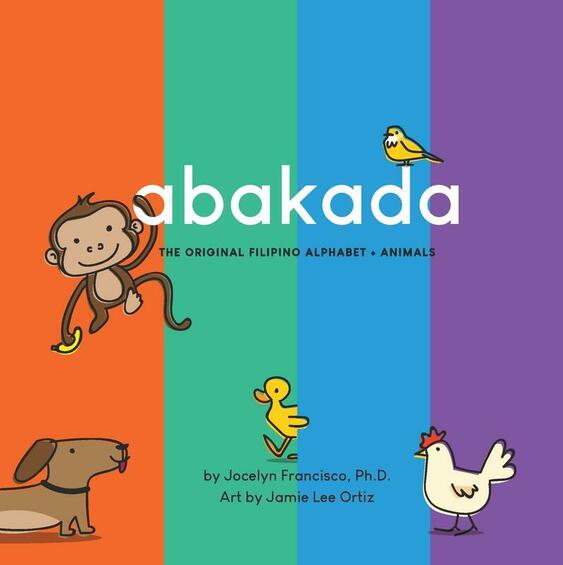Abakada introduces children to animals in Tagalog/Filipino using the original Filipino alphabet.
BRIEF HISTORY OF ABAKADA
Before today, the number of letters in the Filipino alphabet varied, having four sets of letters since the pre-colonial times. Spanish missionaries introduced the Latin alphabet and the Spanish language. In 1939, Lope K. Santos developed The Grammar of the National Language (Ang Balarila ng Wikang Pambansa), which contained the alphabet for the national language abakada, named after its first three letters, representing the sounds in the Tagalog language. The result was 20 letters (5 vowels and 15 consonants). Abakada remained the national language's alphabet from 1940 to 1976.
The current Filipino alphabet includes 8 letters from the Spanish alphabet: c, f, j, ñ, q, v, x, z. This alphabet was instituted in 1987 during the Aquino presidency.
Reference:
"Phonology: The Sound of Language" is a chapter in The Tagalog Region: Lexicon of the Languages & Dialects (2009) by Fe Aldave Yap. Komisyon sa Wikang Filipino and UST Publishing House, Manila.
Hard copies sold out and are no longer available for purchase online.
Digital versions are available for purchase at:
Amazon Kindle and iTunes




